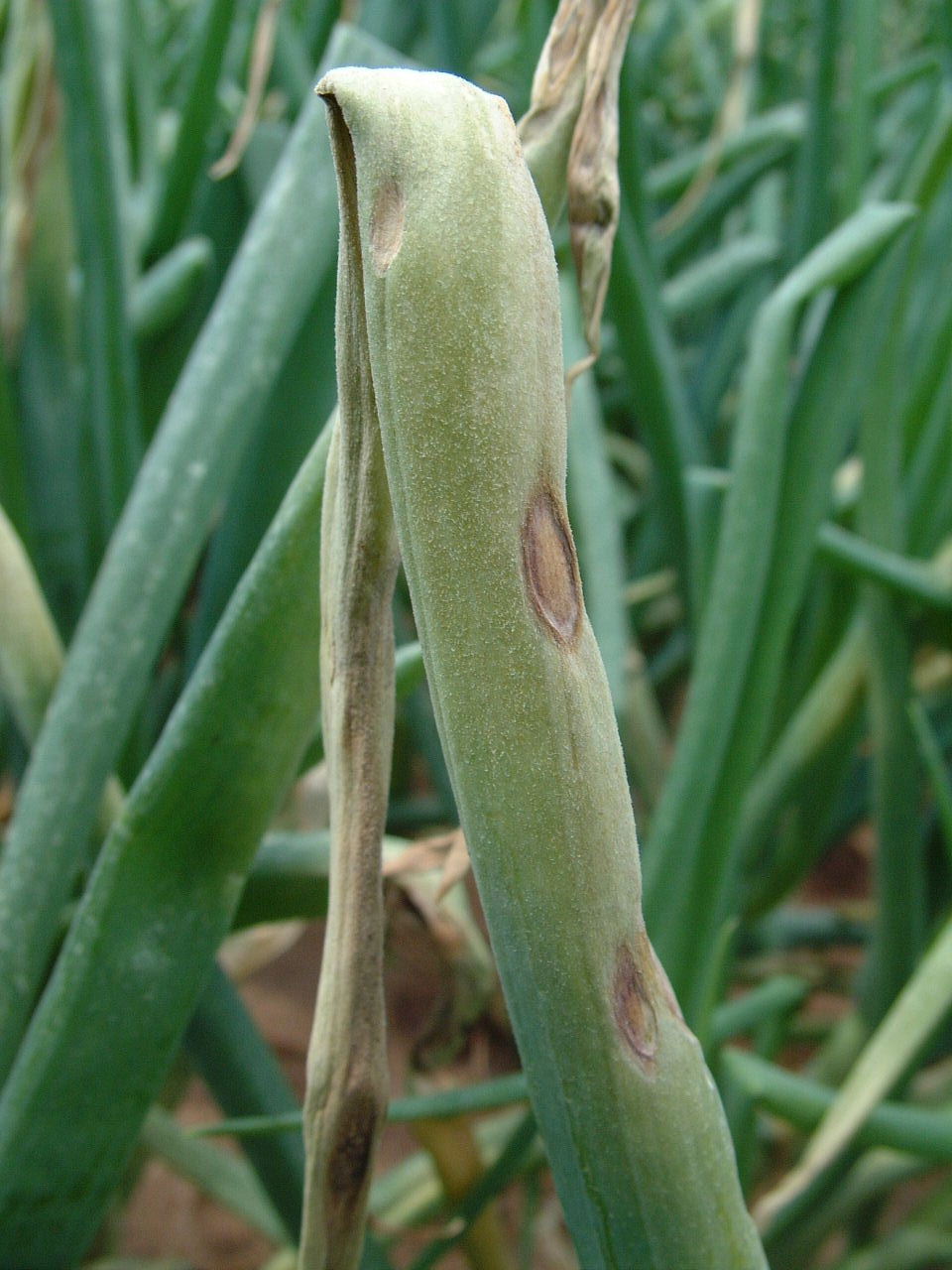
Potato blight fungicide Valbon (containing benthiavalicarb and mancozeb) has been granted an extension to its specific off-label approval (SOLA) by the Chemicals Regulation Directorate (CRD) for use on outdoor crops of bulb onions, shallots and garlic.
The off-label comes in time to help tackle the disease in this year’s downy mildew fungicide programmes which kick off this month, explains Certis’ technical officer Alan Horgan. "It is particularly advantageous given the increasing disease pressures following this recent warm showery weather that is ideal for spreading of infection," he says.
The SOLA has been granted following Valbon’s re-registration, as part of the ongoing EU pesticide review process, continuing growers’ access to an effective fungicide against downy mildew.
Alan notes that Valbon has been successfully used in potato crops for the control of late blight as well as having an extension for use in ornamental and amenity vegetation against downy mildew.

"The changes to the off-label for Valbon means growers have to focus their minds and consider carefully its use within a programme.
"In onion crops in particular – programmes run from June onwards every week – with anything from six to nine sprays being applied depending on the season as it develops.
With growers able to apply three sprays of Valbon, they should be spaced out over, for example, every fortnight. Alternate with other chemistry groups for effective control against downy mildew.

"Containing two active ingredients – benthiavalicarb and mancozeb – Valbon offers translaminar and local systemic activity with both preventative and curative activity within a robust, rainfast treatment," he says.
The benthiavalicarb component of Valbon belongs to the carboxylic acid amide (CAA) group of fungicides. "No more than half of the total number of sprays applied to the crop should consist of CAA fungicides," he advises, urging that it is imperative to avoid using any other CAA group actives wherever possible.
"For outdoor bulb onion, shallot and garlic crops the maximum individual dose is 1.6kg/ ha. Growers can make three applications per crop providing the maximum total dose of 4.8kg/ha/crop isn’t exceeded and providing a 28 day harvest interval is observed," he recommends.
Application can be made in a minimum of 200 litres water per hectare by conventional hydraulic sprayers including air assisted hydraulic sprayers and hand held sprayers.
Growers are reminded that as with any off-label approvals, use is entirely at growers’ own risk.
